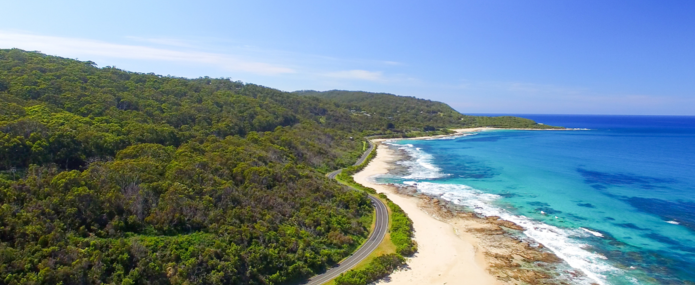Citation
Oschlies A., Bach L., Rickaby R., Satterfield T., Webb R. M. & Gattuso J.-P. (2023). Climate targets, carbon dioxide removal and the potential role of ocean alkalinity enhancement. In: Oschlies A., Stevenson A., Bach L., Fennel K., Rickaby R., Satterfield T., Webb R. M. & Gattuso J.-P. (Eds.), Guide to best practices in ocean alkalinity enhancement research. State of the Planet.
Abstract
The Paris Agreement to limit global warming to well below 2 ∘C requires the ambitious reduction in greenhouse gas emissions and the balancing of remaining emissions through carbon sinks (i.e., the deployment of carbon dioxide removal or CDR). While ambitious climate mitigation scenarios until now primarily consider land-based CDR methods, there is growing concern about their potential to deliver sufficient CDR, and marine CDR options are receiving more and more interest. Based on idealized theoretical studies, ocean alkalinity enhancement (OAE) appears as a promising marine CDR method. However, the knowledge base is insufficient for a robust assessment of its practical feasibility, of its side effects, social and governance aspects, and monitoring and verification issues. A number of research efforts aims to improve this in a timely manner. We provide an overview on the current situation of developing OAE as a marine CDR method and describe the history that has led to the creation of the OAE research best practices guide.


